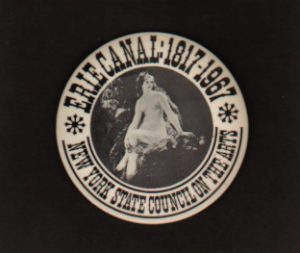As my Netflix Rolling Thunder Revue video disappeared from my computer screen, I smiled and said to myself, “After all, this is a great country!”
Hard to believe in the era of Donald Trump’s exceedingly anti-social and dangerous buffoonery; however, Martin Scorcese has created an epic film that both touches on nostalgia and invigorates the present. For those of us who lived through the era depicted by the film, 1975-1976, it reminds us of the complexities governing our lives. While Dylan’s troupe is playing one after another of his masterpieces, Scorcese inserts a clip of President Richard Nixon announcing that he is sending troops into Laos.

Bob Dylan, America’s enigmatic genius, and his tribe of talented revelers are the focus of this film that documents Dylan’s decision to substitute small town American towns for grand concert venues in major metropolitan areas. He wanted to experience more intimacy with his audiences. The first in the American northeast and Canada in the fall of 1975, and the second in the American south and southwest in the spring of 1976.
The idea behind the tour, Dylan said, was to “play for the people,” the people who never get good seats at his larger concerts due to higher ticket cost and inconvenient locations. Dylan chose to play in smaller auditoriums because, he said, “the atmosphere in small halls is more conducive to what we do.” His New York musician friend David Blue felt that Dylan clearly wanted to get back to being closer to his audience after becoming a major music star. Dylan and Baez often opened the second half of the show duetting in the dark on”Blowing in the Wind.” Then Baez would take center stage with a dynamic six-song set, followed by a solo set from Dylan. He was joined by the band for a few numbers, until the finale song, Woodie Guthrie’s “This Land Is Your Land,” featuring everyone on stage. The spirit was considered extremely warm, leading to Joni Mitchell who only intended to play one concert, to stay on for the remaining three nights of the tour.
 Today, with emphasis on our increasing multi-cultural urban society, we tend to neglect small town America (“The flyovers”) which had been the backbone of our society for four centuries. Can we assume that Dylan chose to release this film at a moment in which we, as a society, need to reinvigorate small town America with a new ethos? Hardly, Dylan has always denied any political motivations although there have been epic associations.
Today, with emphasis on our increasing multi-cultural urban society, we tend to neglect small town America (“The flyovers”) which had been the backbone of our society for four centuries. Can we assume that Dylan chose to release this film at a moment in which we, as a society, need to reinvigorate small town America with a new ethos? Hardly, Dylan has always denied any political motivations although there have been epic associations.
Now, I want to introduce a personal note. Eight years prior to his Rolling Thunder Revue, I had the opportunity to create a summer long celebration in Upstate New York for the 150th anniversary of the completion of the Erie Canal. As a staff member of the New York State Council on the Arts, I created the ERIE MAID, an exhibition on a canal barge that travelled the length of The Erie Canal, from Albany to Buffalo. We planned supporting activities in venues along the route: square dancing, band concerts, beauty contests and cookouts. Pete Seeger sang from the roof of the barge, our performance stage.


